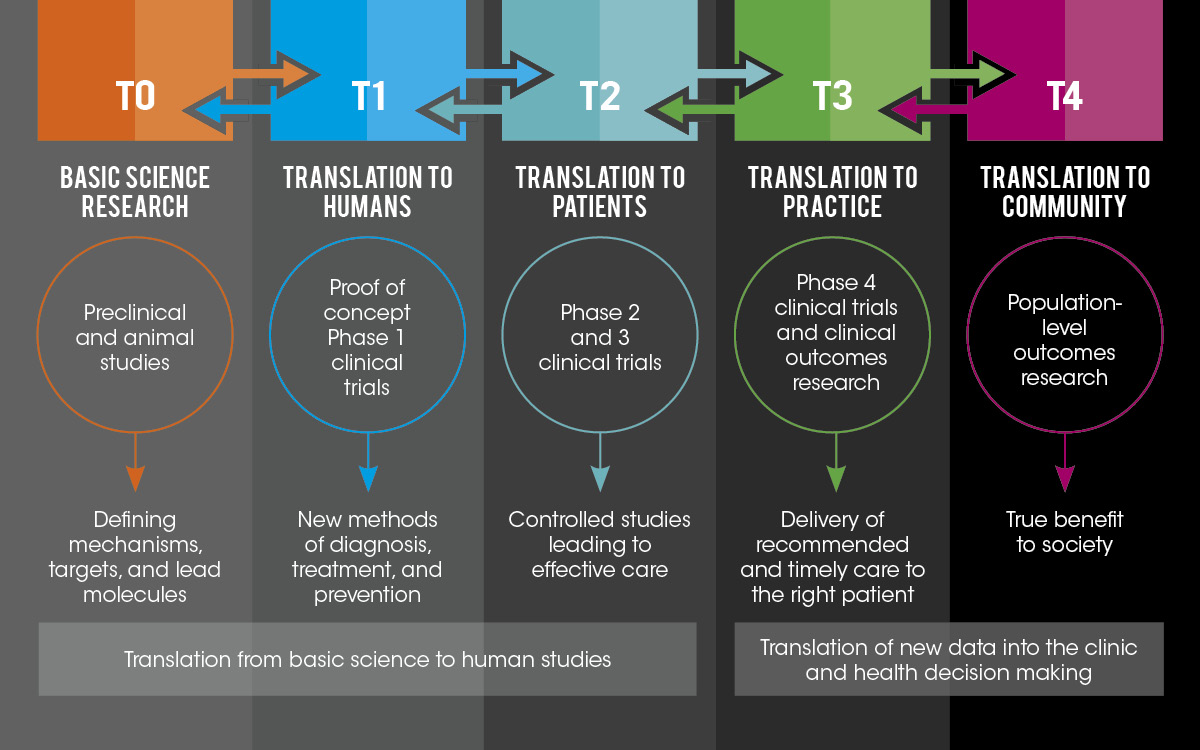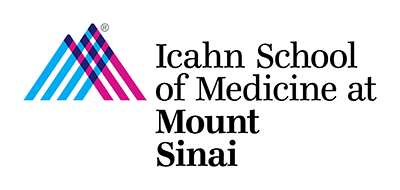Understanding the research landscape
The research landscape is evolving and moving from a traditional siloed discipline focused enterprise to a systems biology/social network structure. The landscape of biomedical science moving from solitary to a team framework has occurred in response to the post genomic/ information age, as well as a response to the NIH RoadMap.
The NIH RoadMap mission was to
- Transform the way Biomedical Research is conducted
- Foster High Risk/High Reward research; Transformative science
- Enable the development of transformative tools & methodologies
- Address fundamental knowledge gaps
- Not possible by one NIH Institute alone
- Change academic culture to foster collaboration & team science
- Foster Transdisciplinary Research.
Examples of Transdisciplinary Research include:
- Bioinformatics & Computational Biology –
- Ethnography
- Systems Biology
- Environmental Science
- Social Media & Networking
- Integrative Medicine
- Global Health
- Personalized Medicine
Translational Science
Translational Science: the field of investigation focused on understanding the scientific and operational principles underlying each step of the translational process.
The ultimate question regarding any biomedical research is whether it addresses a real need (of patients, persons or populations) and improve peoples lives by preventing, curing or improving the outcomes of disease. To facilitate the ‘translation’ of new knowledge into health benefits, the scientific community, healthcare providers, industry, policy makers and the community at large need to apply their collective capabilities in a highly collaborative manner, across disciplinary boundaries.

There are three essential steps in the translational process. The first encompasses the translational of knowledge into a potential therapy, diagnostic or preventative measure. This is the traditional science-to-technology translation within the biomedical sciences. The second step refers to the implementation and evaluation of new capabilities in clinical practice, and is the traditional scope of clinical research. A less acknowledged but essential third step is translation of insights gained in practice to raise new questions and inform other translational activities. We consider this third step to be fundamental to strengthening the relevance of biomedical research to society. Collectively, these steps in translation comprise a cycle of innovations from discovery to community and back again. At each step, we see team science and alliances among disciplines as critical to success and community engagement as necessary to assure relevance and effectiveness.
Translational research typically includes these four phases:
- T1 – research that seeks to move from basic discovery to a candidate health application
- T2 – research that assesses the value of an application for health practice, leading to the development of evidence-based guidelines
- T3 – research that attempts to move evidence-based guidelines into health practice, through delivery, dissemination, and diffusion research
- T4 – research that seeks to evaluate the ‘real world’ health outcomes of an application in practice
